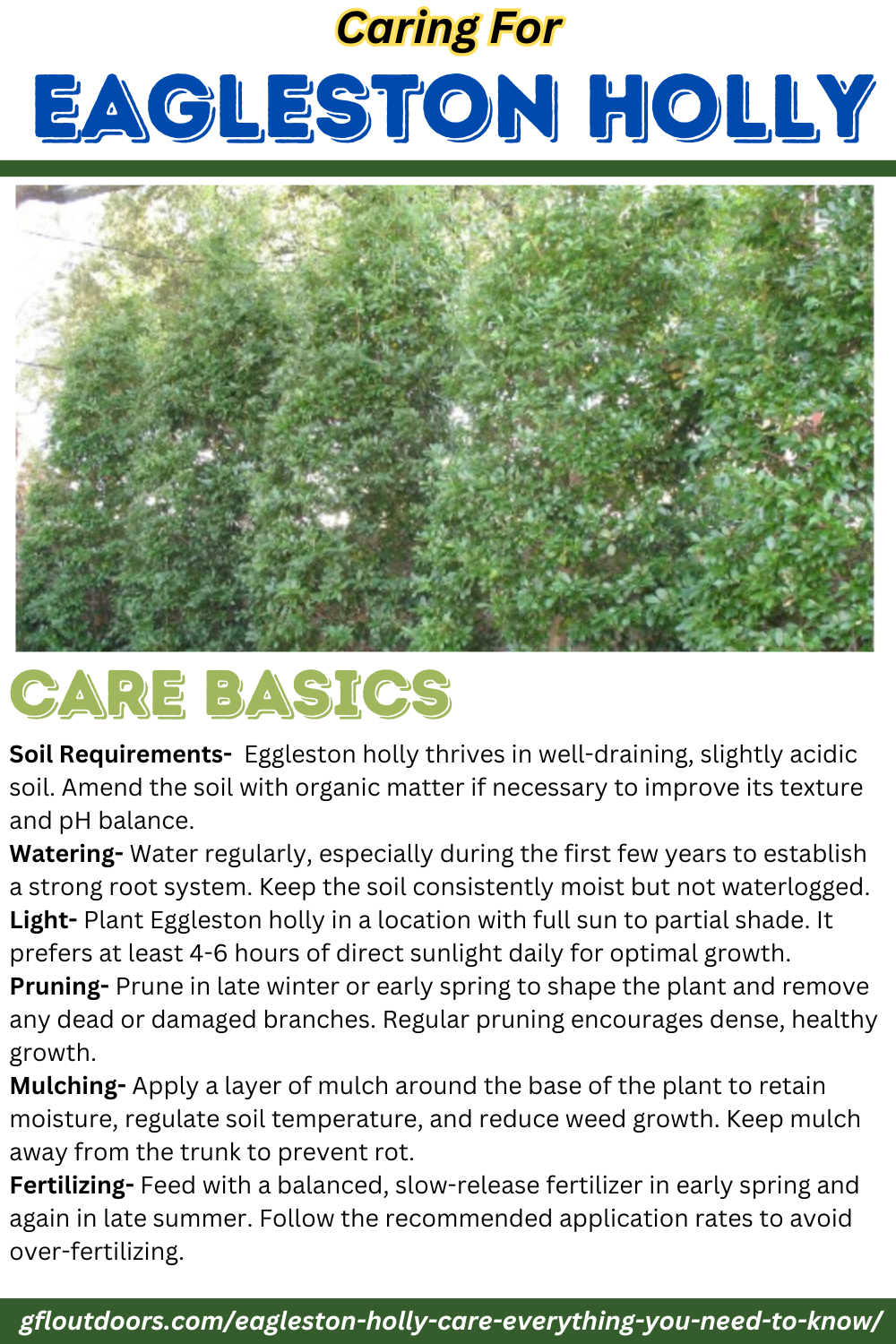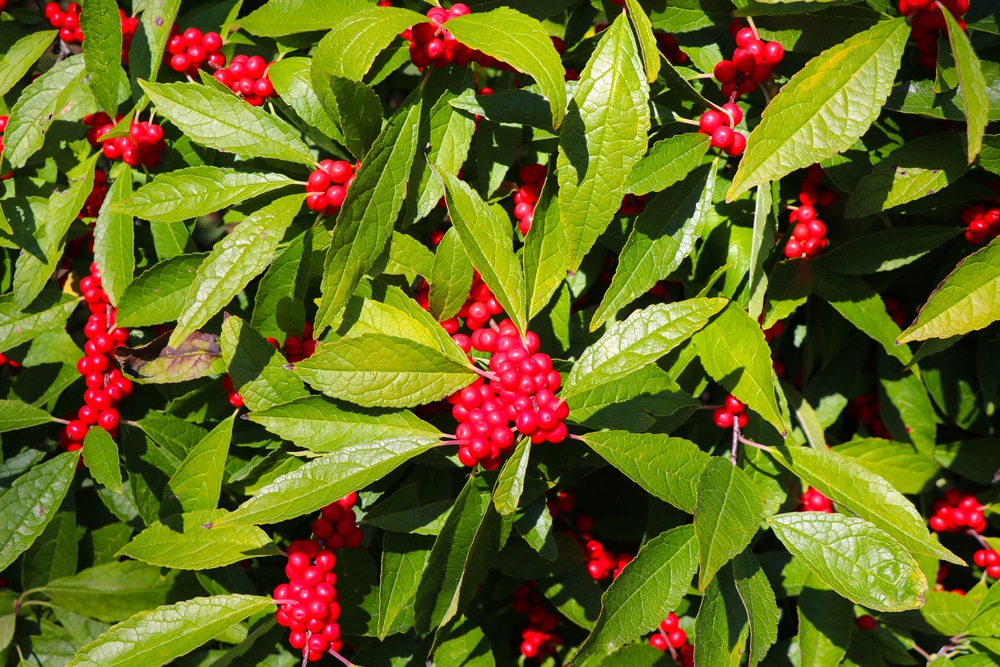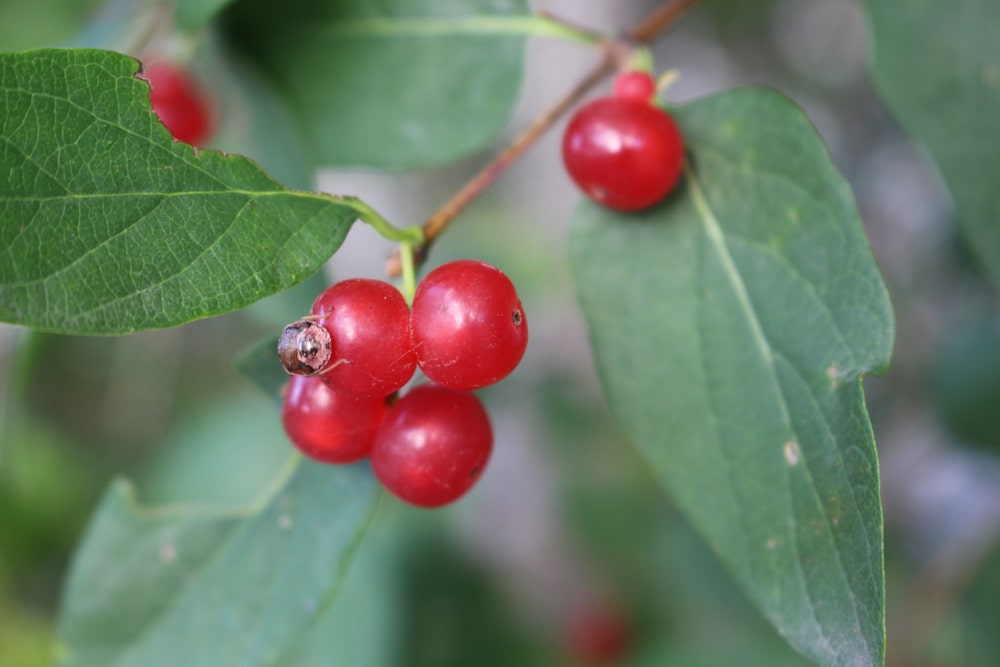
The Eagleston Holly is a hybrid of the American Holly and Dahoon Holly. Ilex x attenuata is an evergreen species that can be grown as a shrub or small tree, depending on your landscape preference.
| Botanical Name | Ilex x attenuata |
| Common Name | Eagleston Holly |
| Plant Type | Perennial |
| Flower Color | White flowers that turn into round red berries |
| Size When Mature | 180 to 300 inches |
| Bloom Time | Spring |
| Sun Requirements | Full Sun or Partial Sun |
| USDA Hardiness Zones | 6 to 9 |
| Soil pH Range | 5.0 to 7.0 |
| Soil Type | Acidic or neutral, well-drained |
| Water Needs | Medium |
| Native Area | Southeastern US |
What You Need to Know About Eagleston Holly
The Eagleston Holly is a fascinating evergreen plant with a pyramidal growth habit. This well-behaved holly hybrid adapts to several soil types and is both cold and drought-tolerant to a degree. It requires little care and is unaffected by common pests and diseases.
The Eagleston Holly sports a dense canopy of bright green leaves set on slender branches. In the cooler months, the shrub produces small, shiny red berries that are a favorite of the surrounding wildlife. Holly ‘Eagleston’ can be planted as a privacy screen, hedge, or lone specimen in the garden or landscape.
How to Care for Eagleston Holly
Here’s everything you need to know about growing and caring for a thriving Eagleston Holly.
Light
Having an evergreen holly is a landscape luxury since the shrub doesn’t shed its leaves in cooler months. However, if you want your ‘Eagleston’ Holly to thrive, you will need to give it at least four to six hours of direct sunlight each day.
The holly variety prefers to get as much sun as possible and won’t show damage even if you don’t water it for some time. Its roots are well-behaved, which means you can plant the shrub close to your house and enjoy the shade or natural beauty it brings.
Water and Soil Needs
The Eagleston Holly prefers to sit in acidic soil that’s somewhere between 5.0 to 6.0. As far as type is concerned, the shrub can adapt to a wide range of media, including clay and sandy soil. If you want your holly to thrive, it’s recommended that you plant your Eagleston Holly in well-draining, compost-rich soil that can hold average moisture.
Ilex x attenuata can still grow without frequent watering but does benefit from the occasional drink. While young, make sure the soil is consistently moist by watering and adding a layer of mulch. Provide more water on hot days and warmer months to keep the plant looking its best.
Temperature Requirements
The holly hybrid grows best in USDA zones 6 to 9. When planted in these climates, ‘Eagleston’ tends to achieve its maximum height of 20 to 25 feet, or up to 300 inches. Protection from hard frost may be needed when growing in colder regions.
Fertilizer
The best fertilizer to use on an Eagleston Holly is an organic mix or one that has a formula of 10-20-20 in the NPK ratio.
The Eagleston Holly responds very well to organic compost such as livestock manure and similar matter. The holly species doesn’t need too much nitrogen; instead, you’ll want to give it more phosphorus and potassium for health and more flower-berries.
Spread the fertilizer around the canopy and within a foot of the holly’s trunk. Make sure to water the soil well so your tree absorbs all the nutrients. A feeding or two in spring and summer should suffice for the plant’s requirements during the growing season.
Common Diseases
The Eagleston Holly is more resistant to common holly pests and diseases, but it can be affected by canker and tar spot, as well as black root rot and yellowing caused by nematodes.
The good news is that while the resulting fungi can cause leaf damage, your Eagleston Holly won’t be as affected. However, you should observe correct watering practices such as allowing the surface of the soil to dry before giving your holly a drink and not wetting the leaves too much.
In severe cases, a fungicide application should take care of the problem.
Eagleston Holly Propagation
You can propagate more Eagleston Holly plants through hardwood cuttings or softwood cuttings.
In both scenarios, choose a healthy stem with several green leaves and nodes. Cut off a 5 to 7-inch specimen and remove the lower leaves so roots can form. Alternatively, you can scratch the lower bark to reveal the green growth underneath.
Plant the cuttings in a well-draining medium and place the container in a location that gets bright light. After a month or so, you can plant the Eagleston Holly cuttings and treat them as new plants.
Last update on 2025-04-19 / Affiliate links / Images from Amazon Product Advertising API




